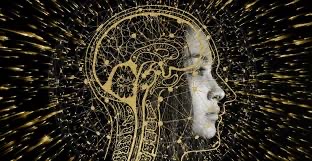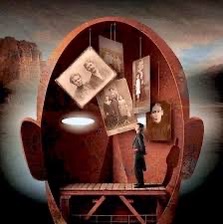This current life on Prosperity, abundance, havingness.

CREATING PROSPERITY
Now we shall turn to matters of prosperity. Let us proceed from the beginning. The first step is an assessment, a self-assessment if you will. You first must assess what level of abundance you wish to achieve. You then assess the current level of havingness and examine the difference between the two. This difference between what you have and what you wish to have, can serve as the emotional impetus or motivation to create or manifest the desired result. There is no manifestation without emotional content. The greater the emotional intensity or desire, the more quickly and surely the manifestation occurs.

We create our reality. We are magicians in this respect and it would be good to be more intentional in this magical view of things: creating consciously, with a positive perspective for the good of not only ourselves, but for all others, all of humankind. This deference to the sum of all humanity holds the key to effective conscious manifestation for you, Dear Blog Reader. In effect, we are demonstrating your commitment to the good of all with these intentions. The Divine Logos that is All That Is holds us to this commitment to all, as a condition of progressing on our development path, our path of Soul Evolution. Now if this indeed sounds fantastic and perhaps unworthy of consideration, let that egoist response serve as the measure of our distance from Soul. Now we know how far you have to go in this enterprise.

Our personal manifestation of our current level of prosperity or abundance is an important indicator of what our beliefs are with regards to havingness. This is the feedback I have been describing to you in this blog: the reflection of your mental environment that IS your Personal Reality Field. Often you may notice that there is a direct relationship between giving and prosperity; for in the natural perspective – the magical view of things – there IS a give-and-take at the foundation of your manifestation activities. We can see this in the breath of life in the “pulse” of our natural reality. Just as breath is cyclical, with the inhalation and then the exhalation followed by a pause, the pulse of life or manifestation is cyclical with a pre-manifestation period followed by a pause and the manifestation. The completion of one cycle may take less than a microsecond in our perceived time. This is still long enough to give the “appearance” of physicality or “bedrock reality,” as some call it.

As we begin to get a feel for this pulsation of ideas into constructs, powered by the Consciousness Units with electromagnetic properties, we will also begin to gain conscious control of our creativity in the moment. This manifestation cycle is the framework upon which our camouflage reality is built. This pulse can be experienced under specific circumstances.

You may, as I describe in an experiment, using your inherent powers of creativity, slow down the progression of time within your Personal Reality Field. You do this with your intention, using your Inner Senses. Time is felt as elastic with the use of these Inner Senses, and slowing time down to the microsecond level may reveal this breath of life we have been discussing. You may also observe how your thoughts create and support the various aspects of your Personal Reality Field.

Now to simplify for the Blog Reader, let us discuss a distillation of some of the natural elements of manifestation related to goodness and giving. There is much good to be had in the giving of money, personal items, your time or money creates a state of consciousness that is not conducive to prosperity. This may already be quite apparent. You may be miserly and have the “appearance” of prosperity, yet you may not enjoy it for you have not shared it with others. And by creating your “mental estate” on a foundation of stinginess and greed, are you really expecting to create lasting abundance? Better to create a foundation of sharing and love for yourself and others, intentionally.

You look The positive creates upon the positive for the good of all here. The Reality Constructs tale hold and are tempered in a telepathic mental environment of trust and love. Others with similar loving strategies of manifestation will be drawn to you in support of this beneficial world-view. This is the beginning of the loving, self-sustaining communities that will reshape our world.











































